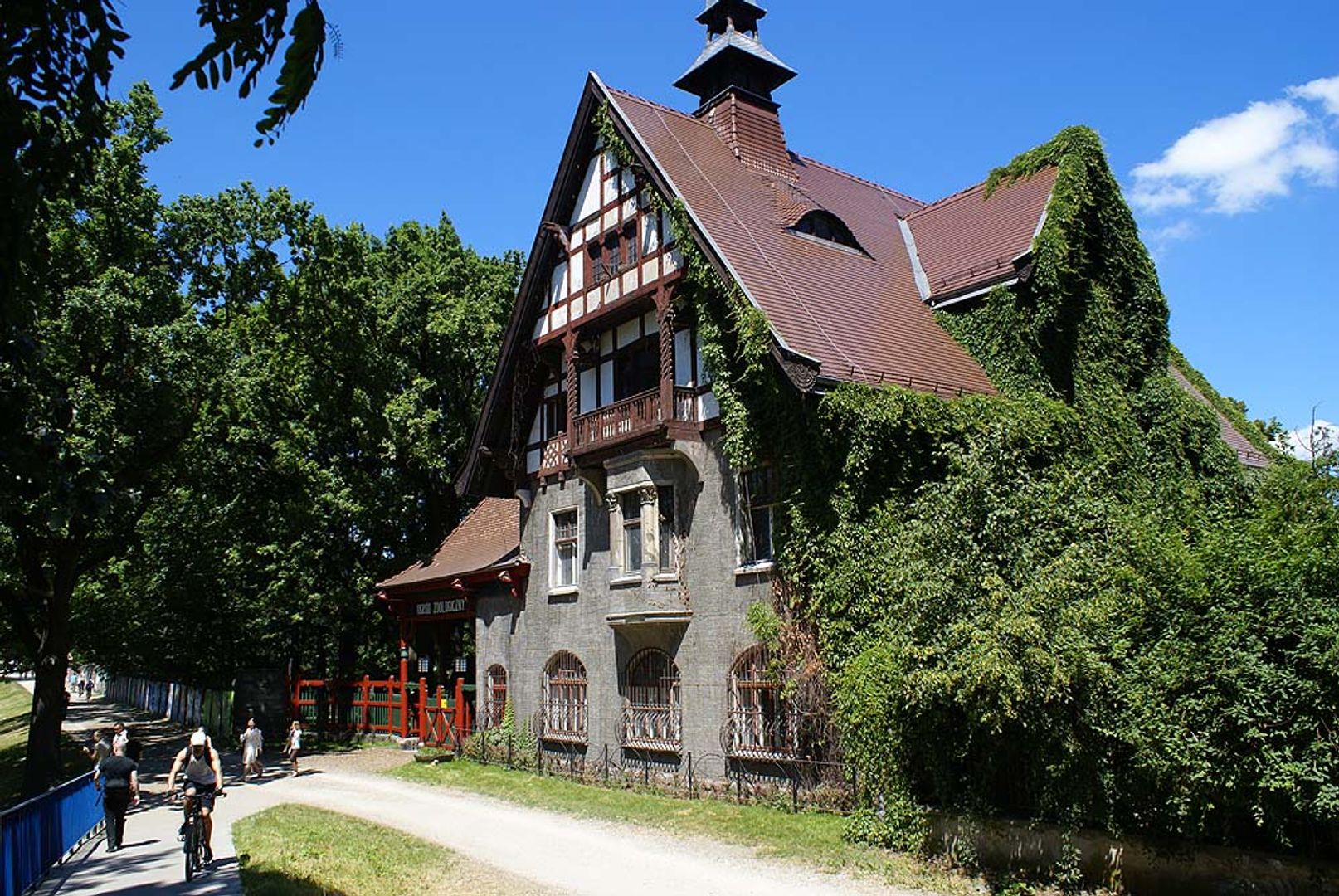Wrocław Zoo
8.11

Overview
The Wrocław Zoo, opened on July 10, 1865, is the oldest zoo on the current territory of Poland and one of the leading zoos in Europe. It covers an area of 33 hectares, and by the end of 2015, it was home to over 10,500 animals from 1,132 species. The zoo's architecture combines elements of 19th-century historicism and eclecticism, with numerous historic buildings such as the Bear Tower, Elephant House, and Monkey Pavilion. Over the years, Wrocław Zoo has undergone numerous modernizations and expansions, including the opening of modern facilities such as the Afrykarium, which showcases African aquatic wildlife. The history of the zoo is exceptionally rich; during World War I and World War II, it faced severe crises, resulting in the death of many animals and closures from 1921 to 1927 and from June 1945 onward. After the war, under the leadership of Karol Łukaszewicz, the zoo was rebuilt and reopened, attracting an increasing number of visitors and developing breeding programs. Interestingly, Wrocław Zoo has gained recognition for its achievements in breeding many rare species, such as the world's first Malayan tapir born in captivity, as well as Caribbean manatees, which have attracted many enthusiasts. Culture has also played a significant role in the zoo's history; Maria Dąbrowska dedicated a short story titled "Morning in the Zoo" to it, and over the years, television programs featuring the zoo's animals have been broadcast. Wrocław Zoo has a long-standing tradition and is a member of prestigious zoological associations, underscoring its importance on the map of European zoos. Changes in management have also influenced the zoo's development; after Antoni Gucwiński, the long-term director, Joanna Kasprzak became the new president, continuing modernization and breeding programs. Wrocław Zoo is not only a home for animals but also an educational and recreational space for thousands of visitors each year.
Location
Tickets
Powered by GetYourGuide
2025 Wizytor | All Rights Reserved